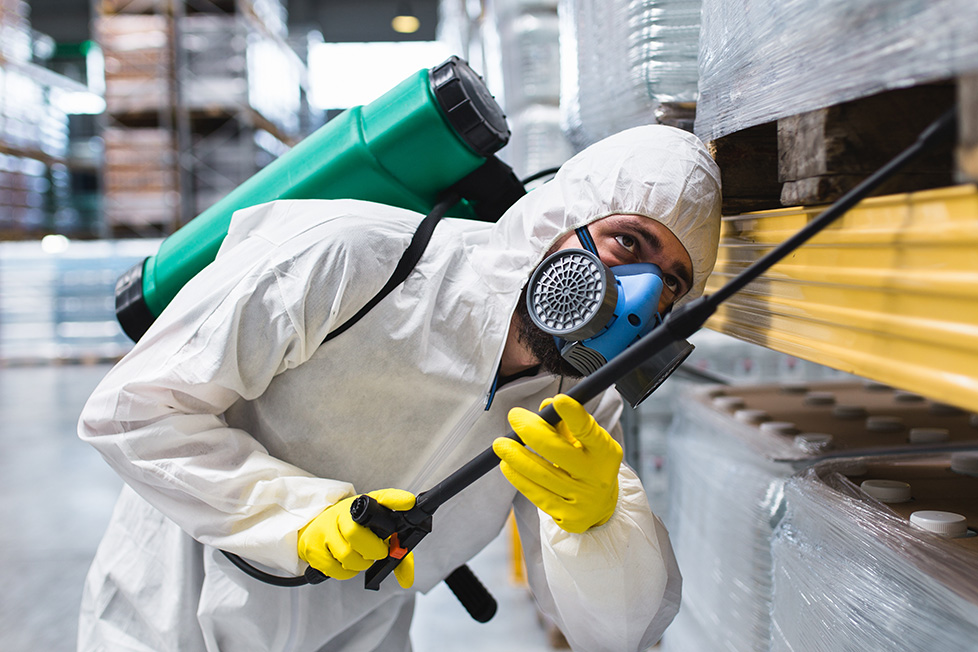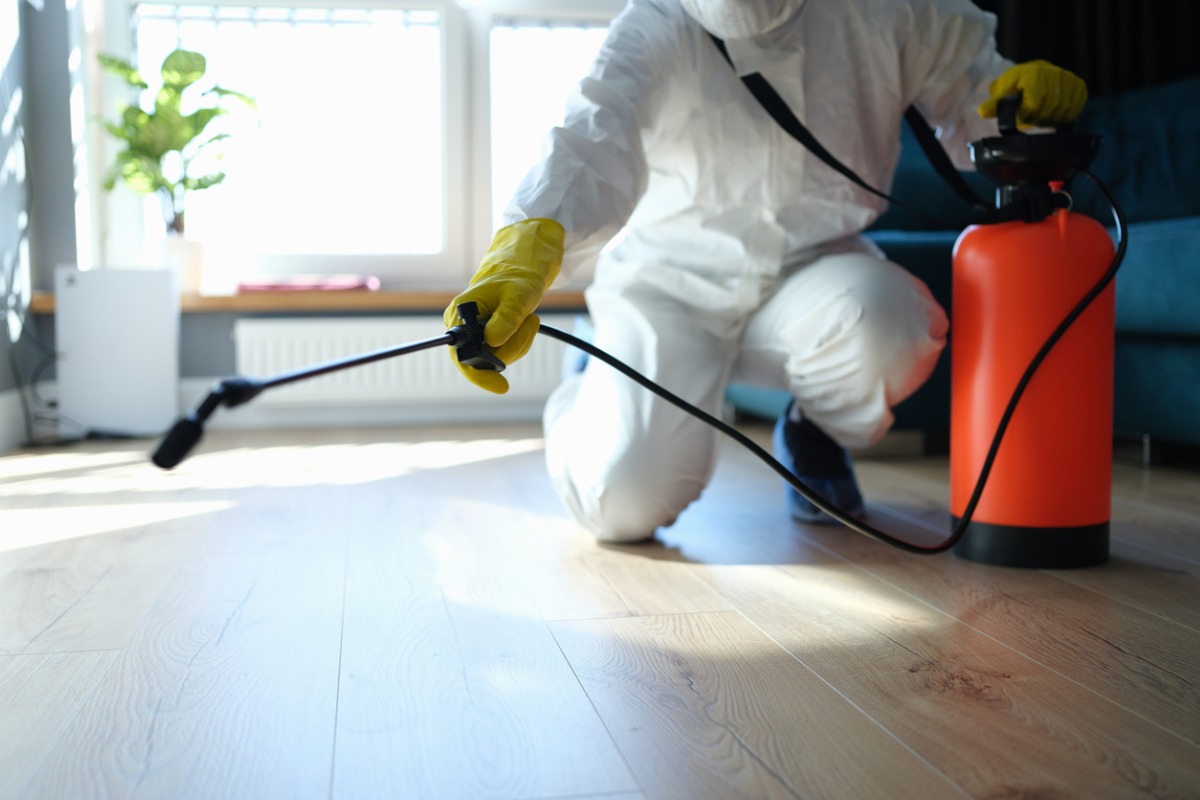Eliminate pests with the best Pest Control on the market.
Eco-Friendly Pest Control Approaches for Managing Wildlife in Urban Areas
Urban locations usually discover themselves at the intersection of human task and wildlife, causing one-of-a-kind obstacles in bug monitoring. Green strategies emphasize lasting conjunction, utilizing strategies such as environment adjustment and all-natural repellents to mitigate human-wildlife conflicts. These approaches not just protect the setting yet additionally enhance area involvement in wild animals administration. As metropolitan populations continue to grow, comprehending the characteristics of wildlife communications becomes progressively crucial. What innovative methods can be applied to guarantee both eco-friendly equilibrium and metropolitan safety? Exploring this concern exposes a compelling landscape of potential options.
Understanding Urban Wildlife Dynamics
Comprehending Urban Wildlife Dynamics is essential for establishing efficient and eco-friendly insect control techniques. Urban areas are significantly ending up being habitats for different wild animals varieties, driven by aspects such as habitat fragmentation, food accessibility, and human encroachment. Identifying these dynamics permits for a nuanced method to pest management that lines up with ecological principles.
Urban wild animals frequently consists of species such as raccoons, squirrels, and birds, which adapt to city environments, locating specific niches in environment-friendly areas, parks, and even domestic locations. Their existence can cause disputes with humans, specifically when they manipulate human sources for food and sanctuary. Understanding the actions and eco-friendly roles of these species notifies approaches that decrease unfavorable communications while promoting biodiversity.
Furthermore, recognizing the interdependencies within metropolitan communities assists in identifying essential areas for environment preservation and reconstruction. This expertise adds to the advancement of incorporated pest monitoring (IPM) methods that take into consideration the ecological balance, thus minimizing dependence on hazardous chemicals. By cultivating conjunction in between humans and metropolitan wild animals, cities can create healthier settings that profit both residents and local environments, leading the way for lasting city living.
Natural Repellents and Deterrents
All-natural repellents and deterrents offer a lasting alternative to standard bug control approaches by using the power of nature to maintain undesirable types at bay. These environment-friendly options normally use plant-based components, necessary oils, and other naturally occurring materials that hinder insects without damaging the atmosphere.
One effective natural repellent is peppermint oil, which is recognized to drive away rats and bugs. Its strong aroma is undesirable to lots of bugs, making it a prominent choice for urban setups. In a similar way, vinegar and citrus peels can offer as deterrents, as their strong odors are commonly unappealing to numerous wild animals.
In addition, diatomaceous planet is an all-natural powder that can be spread in locations vulnerable to bug task, successfully drying out and preventing bugs without positioning dangers to non-target types. Moreover, garlic sprays and neem oil are acknowledged for their capacity to push back a vast array of insects, consisting of both bugs and bigger wild animals.
Executing these natural repellents not only reduces reliance on chemical pesticides however also promotes a much healthier metropolitan ecological community, cultivating an extra well balanced conjunction in between human beings and wildlife. By utilizing these methods, urban areas can successfully manage pest populations while decreasing environmental impact.
Habitat Alteration Techniques
Efficient environment alteration techniques play a critical role in sustainable bug monitoring by modifying the environment to make it less for pest invasions. By recognizing the ecological dynamics of urban areas, residential or commercial property proprietors can execute tactical adjustments that prevent bugs while advertising biodiversity.
(Mosquito Treatment)One key method includes keeping appropriate sanitation. This includes normal waste elimination, securing garbage bins, and getting rid of standing water to reduce reproducing websites for insects and rodents. Furthermore, landscape design methods such as selecting native plants can improve ecological balance, offering habitats for helpful organisms while minimizing resources for pests.
An additional crucial method is to seal entry points in buildings. Checking and fixing fractures in foundations, walls, and home windows can dramatically minimize insect gain access to. Moreover, producing physical obstacles, such as fences or plant barriers, can inhibit wild animals motion into human-inhabited areas.
Integrated Bug Administration Practices
Building upon habitat modification techniques, incorporated parasite management (IPM) practices use an all natural method to managing insect populaces while decreasing ecological influence. IPM combines numerous methods, consisting of biological, social, mechanical, and chemical controls, to achieve effective parasite management.
Biological control involves the intro of natural killers or bloodsuckers to minimize pest populaces. Social useful link methods, such as plant rotation and cleanliness, disrupt pest life process and lessen their environments - Pest Control. Mechanical controls, like catches and barriers, provide prompt alleviation from bug stress without chemical treatment
Chemical controls are used as a last option, concentrating on targeted applications that restrict damage to non-target varieties and the atmosphere. The selection of environmentally friendly chemicals, when necessary, is integral to the IPM framework. In addition, checking pest populations and analyzing prospective damages assists inform decision-making, making certain that interventions are prompt and reliable.
Neighborhood Participation and Education And Learning

(Barn Fly Control)Workshops and informative sessions can equip homeowners with understanding about indigenous species, environment conservation, and efficient safe bug management strategies. Partnership with colleges, regional companies, and government firms even more boosts instructional outreach, guaranteeing that essential info gets to diverse audiences.
Furthermore, community-led initiatives, such as area clean-up days and habitat remediation projects, not only promote biodiversity yet also enhance community ties. Pest Control. By urging residents to share their experiences and observations, neighborhoods can create targeted techniques that attend to details local insect problems
Including responses from residents into insect administration intends makes it possible for a much more receptive and flexible method to wild animals obstacles. Eventually, educated and engaged communities are crucial to attaining long-term success in green pest control, bring about healthier metropolitan atmospheres that respect both human and ecological requirements.

Verdict
In final thought, environmentally friendly bug control comes close to deal lasting services for handling metropolitan wild animals. By focusing on environment modification, utilizing natural repellents, and applying incorporated parasite management practices, neighborhoods can foster a harmonious coexistence with regional animals.